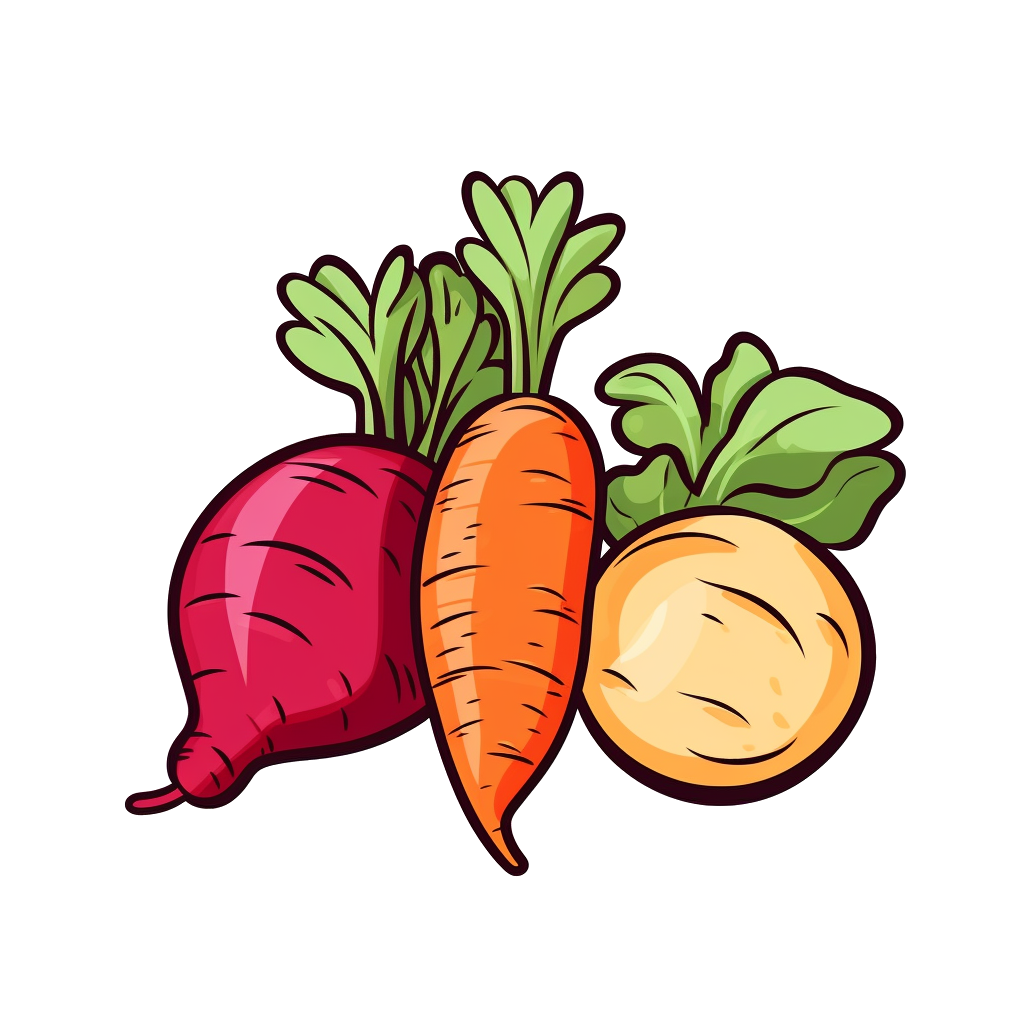As others have said, this article is not very accurate. Annual crops produce over a short window, so one would need to have successive crops lined up in order to keep the space productive. Growing something to get only one harvest is a very poor return on investment. If one wants to survive without depending on “the system” at all, then trying to do so outside of the equatorial zone is living life on hard mode.
Near the equator, one could survive on only bananas for a while, and that would take a small fraction of a hectare, probably about as much space as this article talks about, but realistically, eating only banana long-term is not feasible, and growing more variety requires more space. There is also the feast-or-famine issue if the gaps between harvests are too long. Preservation of the harvest is time-consuming and requires infrastructure that not everyone has (e.g. refrigeration). Living in a neighbourhood where everyone is growing food in order to survive would allow for trade, and so each individual/household would not need to diversify their food production as much, and someone’s excess that they cannot preserve could fill someone else’s harvest gap, reducing the total amount of land that each requires. Ideally, that’s the way to do it, and some people are trying. Tree fruits make the most sense as staple foods, since they become self-maintaining after a few years (other than pruning to control size), and in a sufficiently diverse food forest ecosystem, the trees won’t deplete the soil or invite plagues, so they don’t require externally-produced fertilisers and -icides. With enough different species and a fairly non-seasonal climate, it’s possible to grow enough fruit year-round, with some high-calorie staple(s) always in season.
But lettuce and lima beans? Good luck with that.


